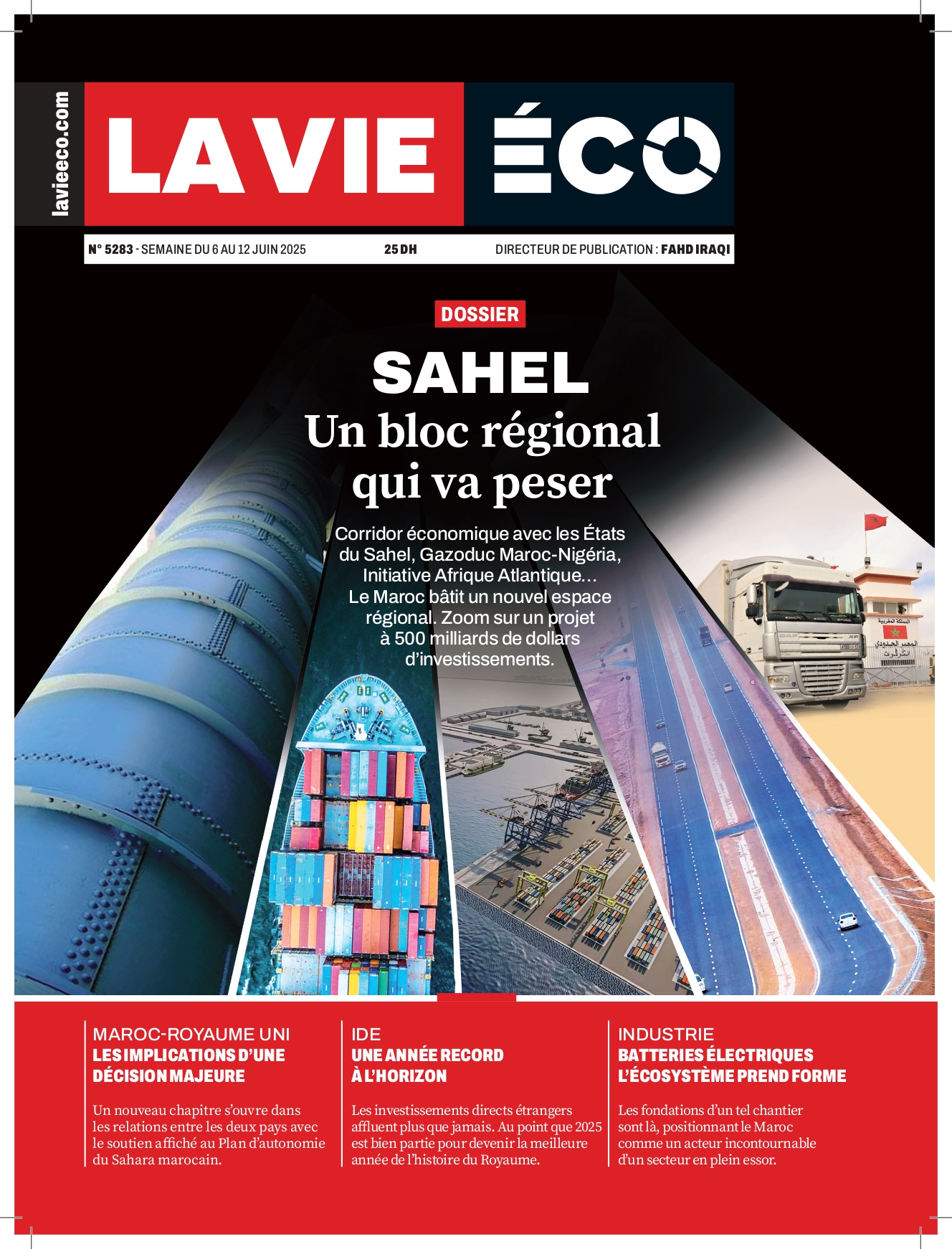International
Shifts in Worker Power: The Evolving Landscape of Wages and Employment in the UK
UK workers witness a resurgence of wage growth and changing power dynamics amidst economic challenges and evolving labor market conditions.

In early 2022, Eastbourne’s refuse collectors achieved a significant 11% pay rise, escalating to 19% for the lowest earners, amidst soaring inflation that reached a peak of 11%. This sparked widespread industrial action across various sectors in the UK, reminiscent of the 1970s labor movements. Data from the Office for National Statistics revealed that wages in hotels and restaurants increased by 8.5% in the year leading to April, while retail workers saw a 6.9% rise, with the economy’s average growth at 6.4%. The Bank of England indicated a potential shift in power dynamics favoring workers as wages adjusted for inflation returned to pre-crisis levels, and the share of national income held by workers regained its 2021 standing.
Despite layoffs and hiring freezes in some sectors, remaining employees have been rewarded with pay increases, thanks to a series of minimum wage hikes that compressed salary differentials. However, the central bank’s chief economist suggested the labor market has become less flexible, with average pay growth of 5.6% recorded for Great Britain in early 2025. While some economists, including Ben Caswell, remain optimistic about ongoing wage growth due to these adjustments, others like James Smith caution against overly optimistic pay projections, likening them to the character Wile E. Coyote running off a cliff before a fall.
By the end of the year, employers are expected to limit pay rises to 3% to 4%, with the government planning an average increase of no more than 4% for public sector workers. Industries such as retail and hospitality, which employ a high number of minimum wage workers, showed accelerated increases, but the sustainability of this growth remains in question. The demand for skilled labor, particularly in digital and green sectors, is influencing employer compensation strategies, indicating that the ongoing economic conditions and labor dynamics will continue to shape the future of wage negotiations and employer-employee relationships.
Source: THE GUARDIAN













